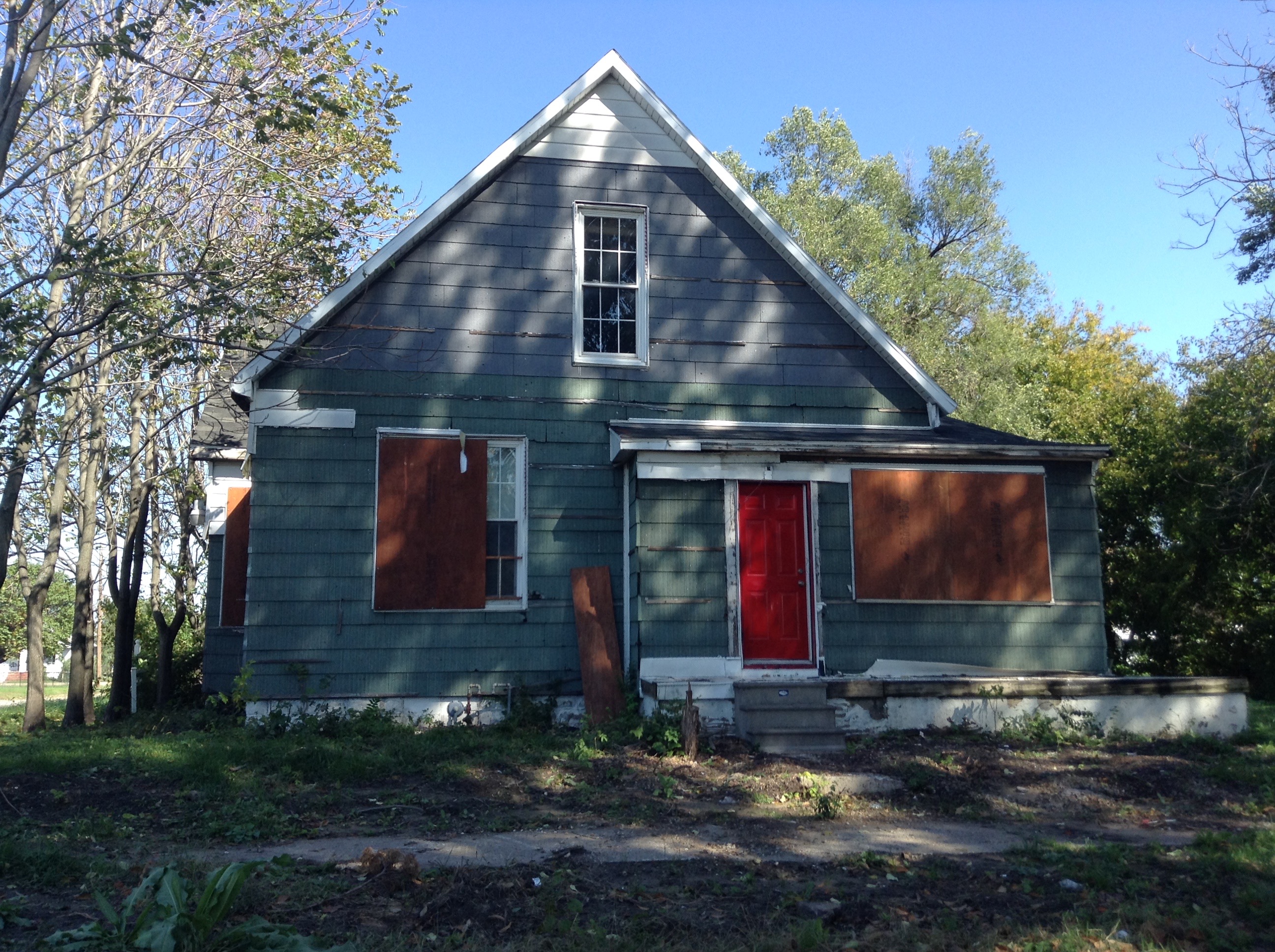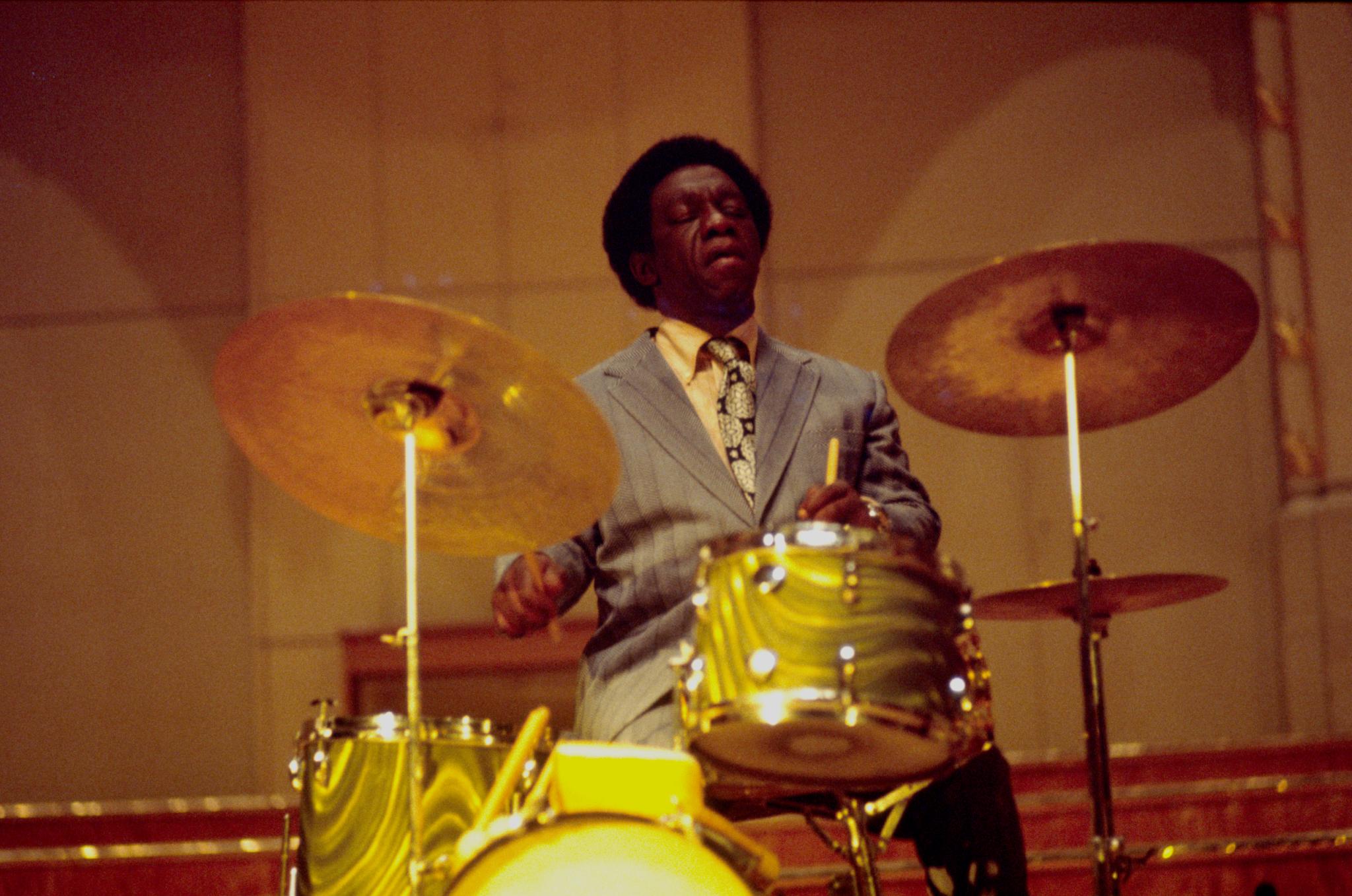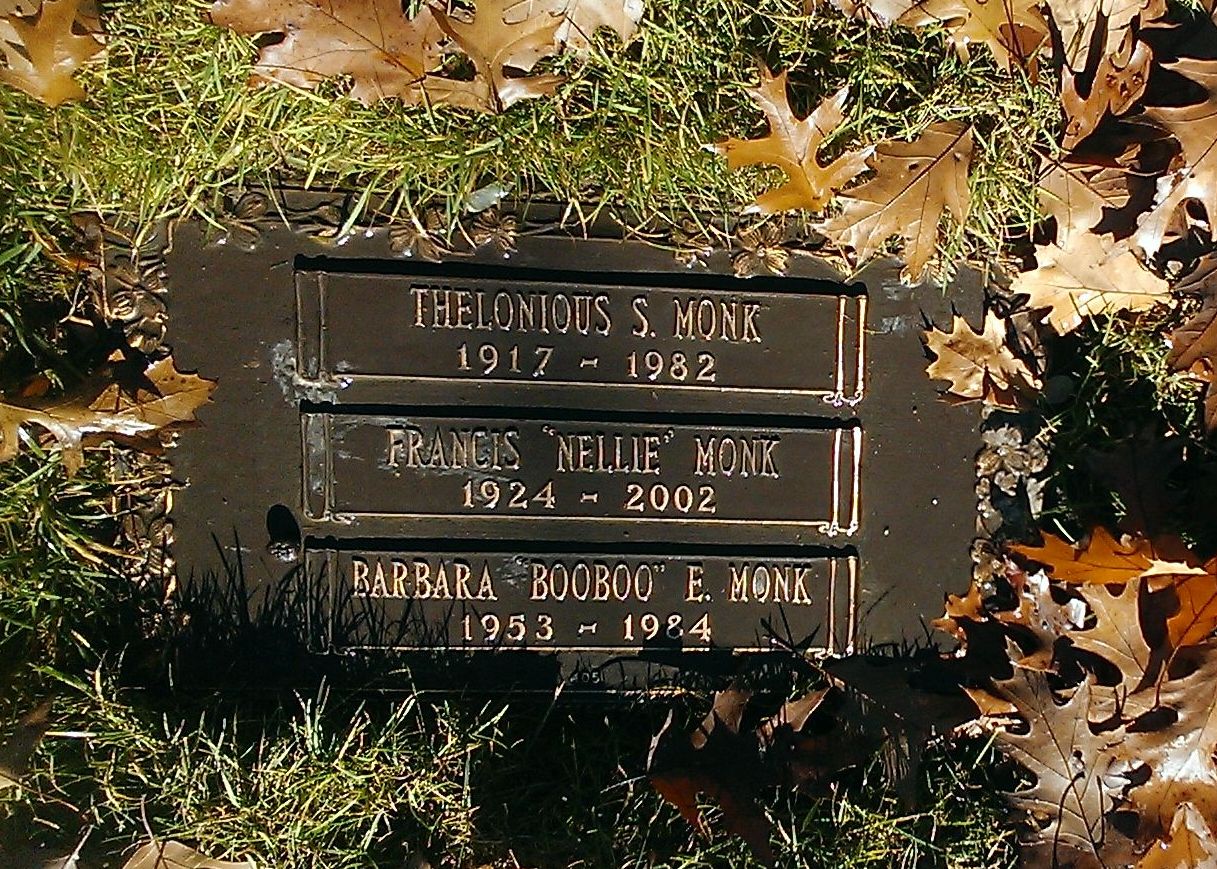|
Gene Ramey
Gene Ramey (April 4, 1913 – December 8, 1984) was an American jazz double bassist. Ramey was born in Austin, Texas, United States, and played trumpet in college, but switched to contrabass when playing with George Corley's Royal Aces, The Moonlight Serenaders, and Terrence Holder. In 1932, he moved to Kansas City, Missouri and took up the bass, studying with Walter Page. He became a fixture on the Kansas City swing jazz scene in the 1930s, and played with Jay McShann's orchestra from 1938 to 1943. In 1944, he moved to New York City, where he played with Lester Young, Count Basie, Ben Webster, Coleman Hawkins, Charlie Parker, Hot Lips Page, Horace Silver, Thelonious Monk (as a member of Monk’s first trio in 1947, together with drummer Art Blakey), Retrieved 2012-08-27 and [...More Info...] [...Related Items...] OR: [Wikipedia] [Google] [Baidu] |
Encyclopedia Of Popular Music
''The Encyclopedia of Popular Music'' is an encyclopedia created in 1989 by Colin Larkin. It is the "modern man's" equivalent of the '' Grove Dictionary of Music'', which Larkin describes in less than flattering terms.''The Times'', ''The Knowledge'', Christmas edition, 22 December 2007 – 4 January 2008. It is published by the Oxford University Press and was described by ''The Times'' as "the standard against which all others must be judged". History of the encyclopedia Larkin believed that rock music and popular music were at least as significant historically as classical music, and as such, should be given definitive treatment and properly documented. ''The Encyclopedia of Popular Music'' is the result. In 1989, Larkin sold his half of the publishing company Scorpion Books to finance his ambition to publish an encyclopedia of popular music. Aided by a team of initially 70 contributors, he set about compiling the data in a pre-internet age, "relying instead on information ... [...More Info...] [...Related Items...] OR: [Wikipedia] [Google] [Baidu] |
Coleman Hawkins
Coleman Randolph Hawkins (November 21, 1904 – May 19, 1969), nicknamed "Hawk" and sometimes "Bean", was an American jazz tenor saxophonist.Yanow, Scot"Coleman Hawkins: Artist Biography" AllMusic. Retrieved December 27, 2013. One of the first prominent jazz musicians on his instrument, as Joachim-Ernst Berendt, Joachim E. Berendt explained: "There were some tenor players before him, but the instrument was not an acknowledged jazz horn". Hawkins biographer John Chilton described the prevalent styles of tenor saxophone solos prior to Hawkins as "mooing" and "rubbery belches". Hawkins denied being first and noted his contemporaries Happy Caldwell, Stump Evans, and Prince Robinson, although he was the first to tailor his method of Jazz improvisation, improvisation to the saxophone rather than imitate the techniques of the clarinet. Hawkins' virtuosic, arpeggiated approach to improvisation, with his characteristic rich, emotional, and vibrato-laden tonal style, was the main influen ... [...More Info...] [...Related Items...] OR: [Wikipedia] [Google] [Baidu] |
Eddie Vinson
Eddie "Cleanhead" Vinson (born Edward L. Vinson Jr.; December 18, 1917 – July 2, 1988) was an American jump blues, jazz, bebop and rhythm and blues, R&B alto saxophonist and blues shouter. He was nicknamed "Cleanhead" after an incident in which his hair was accidentally removed by lye contained in a hair-straightening product, necessitating shaving it off; enamoured of the look, Vinson maintained a shaved head thereafter. Music critic Robert Christgau has called Vinson "one of the cleanest, and nastiest, blues voices you'll ever hear." Biography Vinson was born in Houston, Houston, Texas. He started out with Milton Larkin's orchestra in the 1930s. At various times, he was with Tom Archia, while other members of the band included Cedric Haywood and Wild Bill Davis. He then played for Big Bill Broonzy. During the 1940s, he was with the Cootie Williams Orchestra. He recorded such tunes as "Cherry Red". There is some controversy over who composed "Four (composition), Four". He ... [...More Info...] [...Related Items...] OR: [Wikipedia] [Google] [Baidu] |
Jimmy Rushing
James Andrew Rushing (August 26, 1901 – June 8, 1972) was an American singer and pianist from Oklahoma City, Oklahoma, U.S., best known as the featured vocalist of Count Basie's Orchestra from 1935 to 1948. Rushing was known as " Mr. Five by Five" and was the subject of an eponymous 1942 popular song that was a hit for Harry James and others; the lyrics describe Rushing's rotund build: "he's five feet tall and he's five feet wide". He joined Walter Page's Blue Devils in 1927 and then joined Bennie Moten's band in 1929. He stayed with the successor Count Basie band when Moten died in 1935. Rushing said that his first time singing in front of an audience was in 1924. He was playing piano at a club when the featured singer, Carlyn Williams, invited him to do a vocal. "I got out there and broke it up. I was a singer from then on," he said. Rushing was a powerful singer who had a range from baritone to tenor. He has sometimes been classified as a blues shouter. He could projec ... [...More Info...] [...Related Items...] OR: [Wikipedia] [Google] [Baidu] |
Dick Wellstood
Richard MacQueen Wellstood (November 25, 1927 – July 24, 1987) was an American jazz pianist. Career He was born in Greenwich, Connecticut, United States. Wellstood's mother was a graduate of the Juilliard School who played church organ. Wellstood took piano lessons as a boy, though he was self-taught as a performer of stride and boogie-woogie. Beginning in 1946, he played boogie-woogie, swing, stride piano, and dixieland with bands led by Bob Wilber. A year later he began two years of accompanying Sidney Bechet. In 1952, he toured Europe with Jimmy Archey, then worked with Roy Eldridge. Through the 1950s, he worked with a band led by Conrad Janis. He also worked with Red Allen, Buster Bailey, Wild Bill Davison, Vic Dickenson, Coleman Hawkins, and Ben Webster. He went to school and received a law degree, though thirty years would pass before he spent a brief time practicing law. In the 1960s, he worked with Bob Dylan and Odetta. With Carl Warwick, he performed on military ba ... [...More Info...] [...Related Items...] OR: [Wikipedia] [Google] [Baidu] |
Teddy Wilson
Theodore Shaw Wilson (November 24, 1912 – July 31, 1986) was an American jazz pianist. Described by critic Scott Yanow as "the definitive Swing music, swing pianist", Wilson's piano style was gentle, elegant, and virtuosic. His style was highly influenced by Earl Hines and Art Tatum. His work was featured on the records of many of the biggest names in jazz, including Louis Armstrong, Lena Horne, Benny Goodman, Billie Holiday, and Ella Fitzgerald. With Goodman, he was one of the first black musicians to perform prominently alongside white musicians. In addition to his extensive work as a sideman, Wilson also led his own groups and recording sessions from the late 1920s to the 1980s. Life and career Early life Wilson was born in Austin, Texas. Under his parents as school teachers, his early music education began at the age 6 with piano. Then, he studied violin, oboe, and clarinet at the Tuskegee Institute in Tuskegee, Alabama. From 1929 to the early 1930s Wilson moved to ... [...More Info...] [...Related Items...] OR: [Wikipedia] [Google] [Baidu] |
Muggsy Spanier
Francis Joseph "Muggsy" Spanier (November 9, 1901 – February 12, 1967) was an American jazz cornetist based in Chicago. He was a member of the Bucktown Five, pioneers of the "Chicago style" that straddled traditional Dixieland jazz and swing. Life and career Spanier was born in Chicago, Illinois, the son of Katherine Helen (O'Reilly) and William Spanier, a certified public accountant. His parents were from France and Ireland, respectively. At thirteen, he began playing the cornet and played with Elmer Schoebel in 1921. He borrowed the sobriquet of "Muggsy" from John "Muggsy" McGraw, the manager of the New York Giants baseball team. In the early 1920s, he played with the Bucktown Five. In 1929, he became a member of a band led by Ted Lewis, then spent two years with Ben Pollack. After an illness, he assembled the eight-man group Muggsy Spanier and His Ragtime Band. In 1939, the band recorded several sessions of Dixieland standards for Bluebird Records, that were la ... [...More Info...] [...Related Items...] OR: [Wikipedia] [Google] [Baidu] |
Buck Clayton
Wilbur Dorsey "Buck" Clayton (November 12, 1911 – December 8, 1991) was an American jazz trumpeter who was a member of Count Basie's orchestra. His principal influence was Louis Armstrong, first hearing the record " Confessin' that I Love You" as he passed by a shop window. Early years Clayton learned to play the piano from the age of six. His father was an amateur musician associated with the family's local church, who was responsible for teaching his son the scales on a trumpet, which he did not take up until his teens. From the age of 17, Clayton was taught the trumpet by Bob Russell, a member of George E. Lee's band. In his early twenties he was based in California, and was briefly a member of Duke Ellington's Orchestra and worked with other leaders. Clayton was also taught at this time by trumpeter Mutt Carey, who later emerged as a prominent west-coast revivalist in the 1940s. He also met Louis Armstrong, while Armstrong was performing at Sebastian's Cotton Club, who t ... [...More Info...] [...Related Items...] OR: [Wikipedia] [Google] [Baidu] |
Bebop
Bebop or bop is a style of jazz developed in the early to mid-1940s in the United States. The style features compositions characterized by a fast tempo (usually exceeding 200 bpm), complex chord progressions with rapid chord changes and numerous Modulation (music), changes of key, instrumental virtuosity, and Jazz improvisation, improvisation based on a combination of harmonic structure, the use of scales, and occasional references to the melody. Bebop developed as the younger generation of jazz musicians expanded the creative possibilities of jazz beyond the popular, dance-oriented swing music-style to a new "musician's music" that was not as danceable and demanded close listening.Lott, Eric. Double V, Double-Time: Bebop's Politics of Style. Callaloo, No. 36 (Summer, 1988), pp. 597–605 As bebop was not intended for dancing, it enabled the musicians to play at faster tempos. Bebop musicians explored advanced harmonies, complex syncopation, altered chords, extended chords, cho ... [...More Info...] [...Related Items...] OR: [Wikipedia] [Google] [Baidu] |
Miles Davis
Miles Dewey Davis III (May 26, 1926September 28, 1991) was an American jazz trumpeter, bandleader, and composer. He is among the most influential and acclaimed figures in the history of jazz and 20th century music, 20th-century music. Davis adopted a variety of musical directions in a roughly five-decade career that kept him at the forefront of many major stylistic developments in jazz. Born into an upper-middle-class family in Alton, Illinois, and raised in East St. Louis, Davis started on the trumpet in his early teens. He left to study at Juilliard School, Juilliard in New York City, before dropping out and making his professional debut as a member of saxophonist Charlie Parker's bebop quintet from 1944 to 1948. Shortly after, he recorded the ''Birth of the Cool'' sessions for Capitol Records, which were instrumental to the development of cool jazz. In the early 1950s, while addicted to heroin, Davis recorded some of the earliest hard bop music under Prestige Records. After a ... [...More Info...] [...Related Items...] OR: [Wikipedia] [Google] [Baidu] |
Art Blakey
Arthur Blakey (October 11, 1919 – October 16, 1990) was an American jazz drummer and bandleader. He was also known as Abdullah Ibn Buhaina after he converted to Islam for a short time in the late 1940s. Blakey made a name for himself in the 1940s in the big bands of Fletcher Henderson and Billy Eckstine. He then worked with bebop musicians Thelonious Monk, Charlie Parker, and Dizzy Gillespie. In the mid-1950s, Horace Silver and Blakey formed The Jazz Messengers, a group which he led for the next 35 years. The group was formed as a collective of contemporaries, but over the years the band became known as an incubator for young talent, including Freddie Hubbard, Wayne Shorter, Lee Morgan, Benny Golson, Kenny Dorham, Hank Mobley, Donald Byrd, Jackie McLean, Johnny Griffin, Curtis Fuller, Chuck Mangione, Chick Corea, Keith Jarrett, Cedar Walton, Woody Shaw, Terence Blanchard, and Wynton Marsalis. ''The Biographical Encyclopedia of Jazz'' calls the Jazz Messengers "the ... [...More Info...] [...Related Items...] OR: [Wikipedia] [Google] [Baidu] |
Thelonious Monk
Thelonious Sphere Monk ( October 10, 1917 – February 17, 1982) was an American Jazz piano, jazz pianist and composer. He had a unique improvisational style and made numerous contributions to the Jazz standard, standard jazz repertoire, including "'Round Midnight (song), 'Round Midnight", "Blue Monk", "Straight, No Chaser (composition), Straight, No Chaser", "Ruby, My Dear (composition), Ruby, My Dear", "In Walked Bud", and "Well, You Needn't". Monk is the second-most-recorded jazz composer after Duke Ellington. Monk's compositions and improvisations feature consonance and dissonance, dissonances and angular melodic twists, often using flat ninths, flat fifths, unexpected chromatic notes together, low bass notes and stride, and fast whole tone scale, whole tone runs, combining a highly percussive attack with abrupt, dramatic use of switched key releases, silences, and hesitations. Monk's distinct look included suits, hats, and sunglasses. He also had an idiosyncratic habit dur ... [...More Info...] [...Related Items...] OR: [Wikipedia] [Google] [Baidu] |


